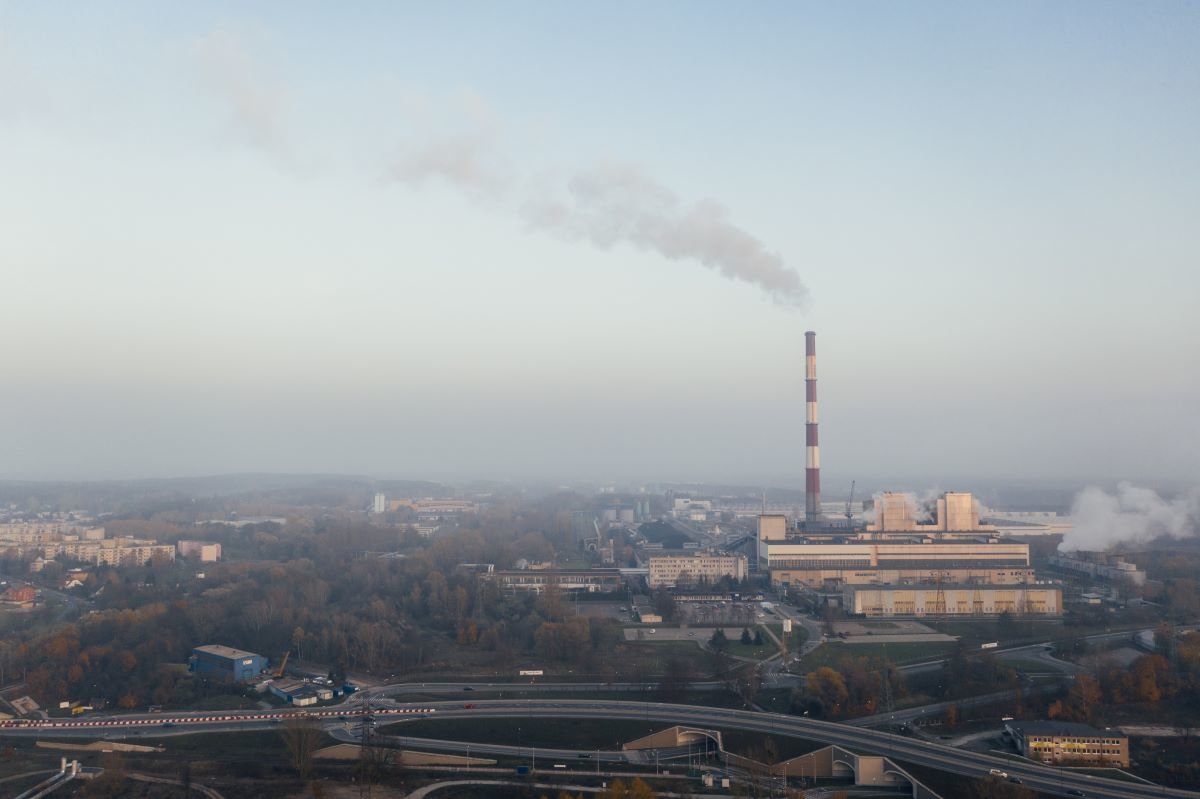Recently E3G, together with Sandbag, have discussed the geopolitical risks of the EU Carbon Border Adjustment Mechanism. To dampen these risks, the Peterson Institute suggested that the WTO step in and coordinate. Today, E3G is partnering with the Center for American Progress on comparing the approaches in the US and EU.
In July, both the EU Commission and the US Senate Democrats released draft legislation to implement a “carbon border adjustment” (CBA) to a subset of goods imported into their respective markets. CBAs are policy instruments that apply a fee or tax to internationally traded goods to compensate for the difference in costs imposed for greenhouse gases associated with their production in the country of origin. While the US and EU CBA proposals are an important step forward, their trade and climate impacts are likely to be modest given that they apply only to direct emissions and only a few sectors, albeit at the risk of geopolitical repercussions.
How can CBAs contribute to climate mitigation?
The core rationale for CBAs is to deter carbon leakage and create a level playing field. Carbon leakage is the migration of production or supply chains to countries with less stringent climate policies. Under a carbon border adjustment system, a border fee on goods linked to their embedded carbon content and the carbon cost differential will eliminate the incentive for importers to favour cheaper, dirtier goods over cleaner alternatives produced in more climate-ambitious jurisdictions.
While the US and EU CBA proposals are an important step forward, their trade and climate impacts are likely to be modest given that they apply only to direct emissions and only a few sectors, albeit at the risk of geopolitical repercussions.
Although the empirical evidence for carbon leakage is contested, it is undisputed that globalisation has coincided with increased production of highly-traded, carbon-intensive goods in countries with low climate ambitions. A carbon border adjustment mechanism would eliminate the carbon-price advantage enjoyed by exports of such goods (but not advantages created by other factors, such as low-cost labour or undervalued currencies), creating a more equal playing field.
What do the US and EU CBAs have in common—and where do they differ?
Both the EU and US CBA proposals operate on the same paradigm: they seek to impose costs on imported goods comparable to the costs faced by domestic producers.
For the first time, not one but two major economies are poised to link climate mitigation to their global market power.
In calculating those costs on imports, however, the two proposals take different paths. In the case of the EU, the import fee is linked to dynamic carbon pricing under the EU emissions trading system. The fuzzier US proposal calculates the fee based on the cost of regulatory carbon compliance, a form of “shadow pricing”. This shadow price is not uniform for all companies but differs based on the chosen compliance pathway. Given that, we expect higher costs of implementation for the US carbon border adjustment. Moreover, it may turn out that the cost of compliance with US climate regulations is actually quite small, resulting in a CBA that, to quote one analyst, is both “low and difficult—if not impossible—to calculate”.
Why is an imperfect CBA still an important step forward?
Despite the limitations of the US and EU CBA proposals, their sheer emergence is significant. For the first time, not one but two major economies are poised to link climate mitigation to their global market power. Together, the US and EU account for a third of global imports and are the two biggest export markets for the world’s largest GHG-emitter, China. The dynamics around CBAM and the broader trade agenda will be one to watch over the coming years. Acknowledging that trade flows should be more climate-friendly could kickstart a reorienting of the global economy towards carbon neutrality.
Outlook
Both the EU and US CBA proposals are destined to only cause a small dent in global emissions. Under best circumstances, they might protect trade-exposed carbon-intensive industries from being dominated by dirty imports. A truly climate-driven carbon border adjustmentwould target sectors with the highest GHG reduction potential. Whether such a system would be compliant with WTO trade rules is an open question. But this doesn’t mean that this would not be the right choice.
There will be more articles on climate and trade at E3G, the next on the Trade and Technology Council.
To discuss climate and trade further, register for the KAS – E3G Forum on Climate, Trade and Development on October 7.
This blog is a joint piece of work between Max Gruenig, E3G, and Trevor Sutton, Center for American Progress (CAP). You can find out more about CAP’s work here.


